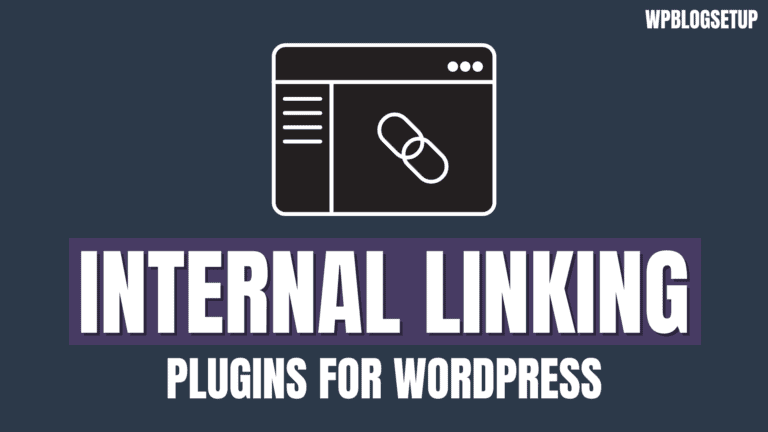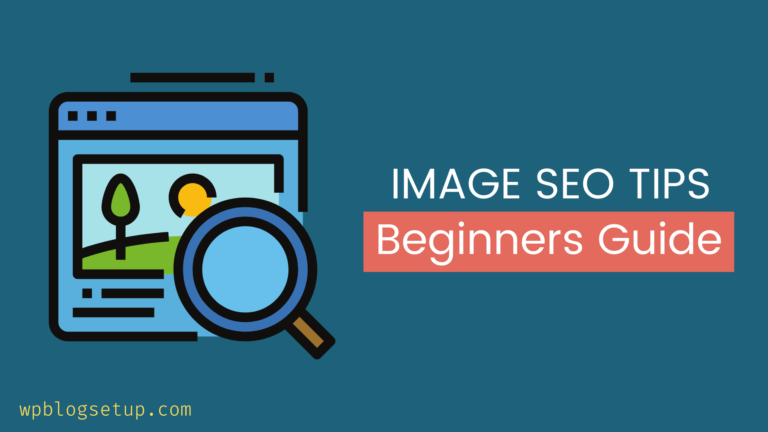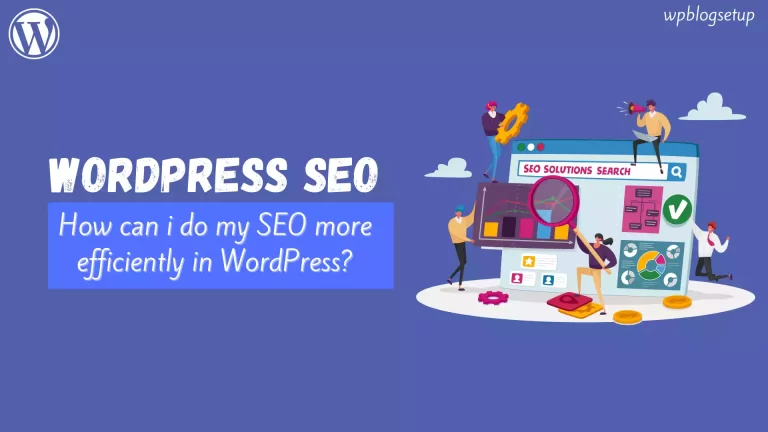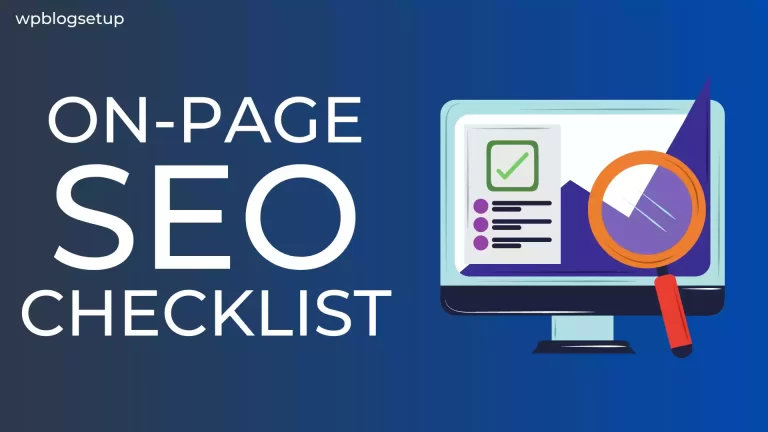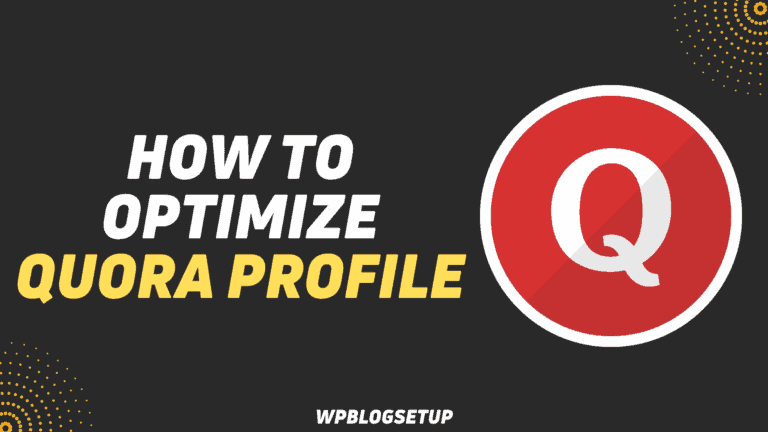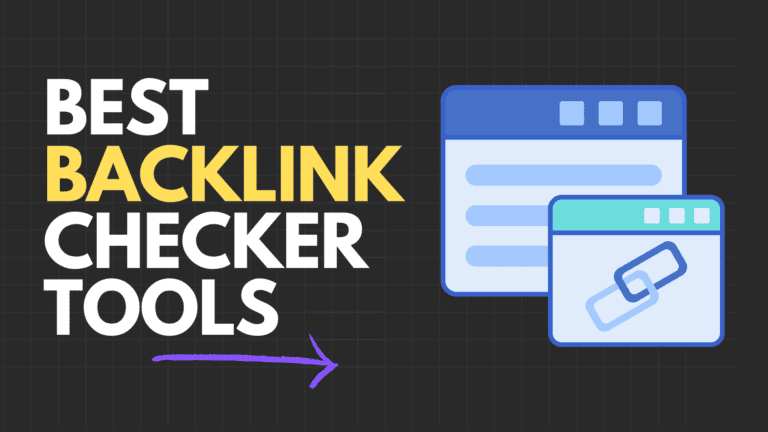11 SEO Tips For More Traffic In 2023
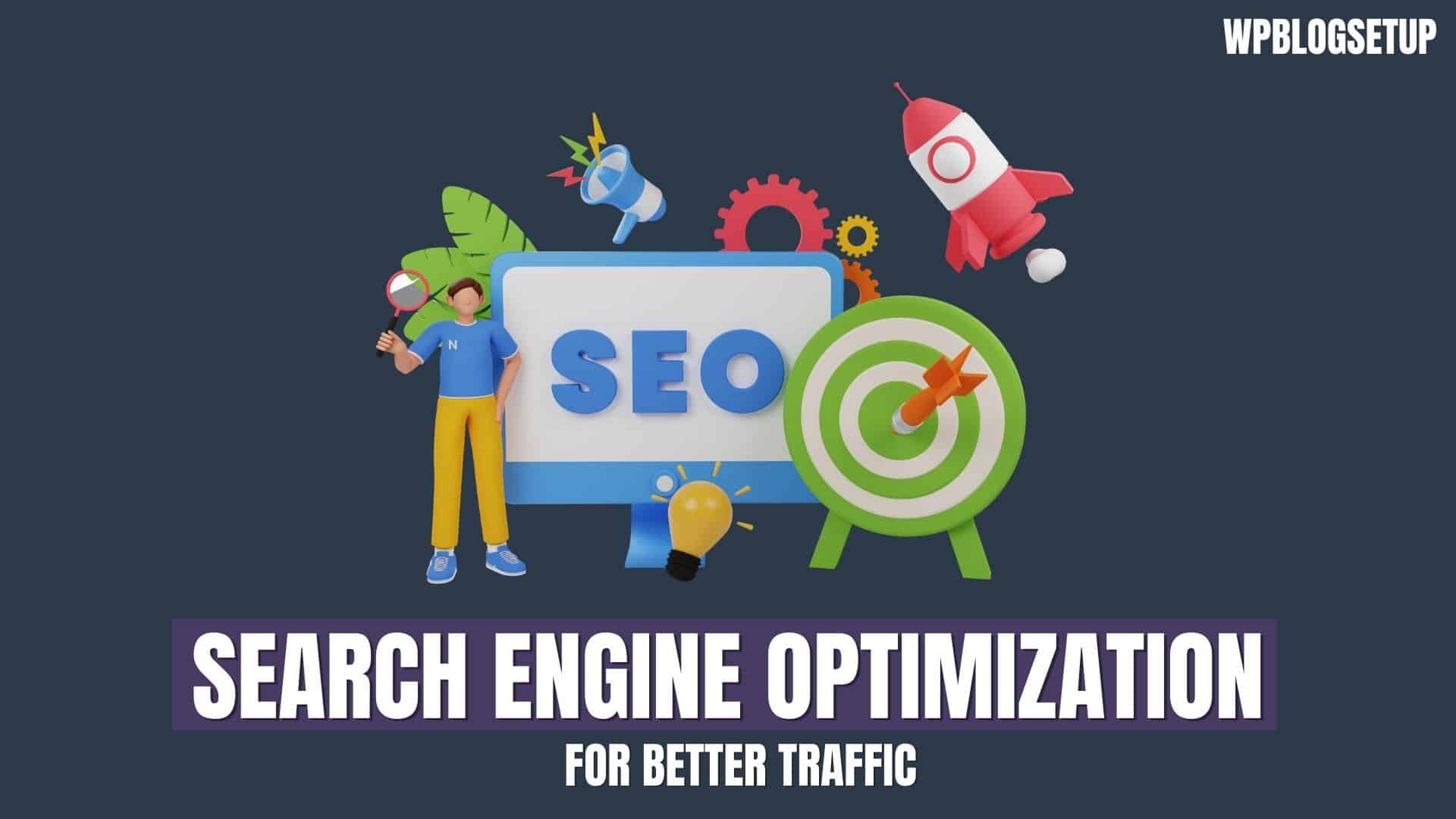
SEO has a huge influence on your business’s performance, regardless of the size of your organization. The ease with which your ideal consumers may discover you is directly related to the SEO approach you use. SEO and organic traffic generated more leads than any other marketing strategy, according to 61% of B2B marketers.
SEO should be used regardless of whether your site is hosted on a shared, VPS, or dedicated server so that your site (ideally!) shows on the first page of a search engine’s results.
However, making it happen is indeed not simple. Even though the fundamentals of SEO stay the very same, Google’s algorithm upgrades on a frequent basis, and search patterns change how we optimize our websites. Owing to this, there are several elements and changes that must be balanced in order to have your website seen by search engines.
The following 11 SEO tactics aren’t a guarantee, but they’re vital to boost traffic to your website:
1. Aim for Relevant Keywords in the Primary and Secondary Domains.
The cornerstone of every successful SEO campaign is thorough keyword research. It is possible to create content that draws more visitors to your website if you know how to use keywords in the right places and in the right quantity. Identifying your page’s most important primary and secondary keywords is the first step.
The natural impulse when targeting keywords is to aim for those with the highest search volumes. However, it is more vital to understand the intent behind a search. The primary goal of your content is to emphasize the core keyword you’ve chosen. Each page of your website should have a single major keyword. It should be related to your page’s theme, your brand identity, your products, and your services.
Your secondary keywords reinforce the primary subject matter. Most likely, you’ll have more than one of them. This is a subset of the main keyword, which may be used to describe different sections of an article. Make an effort to include them organically, but don’t push them if they don’t work.
Another best option is to go for long-tail keywords that are used by users to get answers for a specific query. Since they are less competitive, it is usually easier to rank them than core keywords. Targeting long-tail keywords is also a quick technique to generate quality organic traffic to your website if the website’s SERP ranking is low.
For example, if your primary keyword is ‘Bluetooth speakers’, then instead of targeting the competitive term, you can instead go for ‘portable Bluetooth speakers’ or ‘wireless Bluetooth speakers’. This is because your long-tail keyword contains both your seed keywords, so you have a better chance of ranking for both these keywords and generating a large amount of traffic to your website.
2. Create Authentic, High-Quality Content For Search Engines
Quality content that is unique, informative, and evergreen is essential if you want visitors to locate and return to your website. Google prefers new, informative content that searchers are looking for.
Also, creating your own content allows you to connect with your audience on a more personal level by showcasing your unique viewpoint and skills. Search engine algorithms are intended to find new and interesting material every time they crawl a website. Inculcating search engine optimization (SEO) best practices and unique, trustworthy content may lead to an increase in search engine traffic.
Your content should be useful in the ideal scenario. In other words, the information you provide should be comprehensive enough to address any and all questions users could have on the subject and fulfill their search intent. The more information you provide on each page, the more search engines believe you are an expert and authority in your field.
In addition to this, update the already-existing content on your website to push it to the top of the SERPs within just a few days, weeks, or months. Conduct a content gap analysis with tools like Ahrefs Keyword Explorer at the page level to locate and add topics to your existing content that are lacking.
3. Enhance Your User Experience
When a visitor arrives on your website, a positive user experience is what will encourage them to stay a bit longer on the website and eventually convert into potential leads. As Andrew Kucheriavy says, “Good UX is good business“. Some of the ways to ensure an excellent user experience include:
- Ensure that the data and graphics you are using for every keyword match the search query.
- Provide relevant details about your website’s content at the top of the page,
- Make it simple to browse the data, especially for lengthy articles.
- Include elements like a table of contents, clear headings, and smaller paragraphs to make navigation easier.
- Remove any unnecessary clutter, such as repetitive content.
- Avoid using overwhelming fonts or images.
4. Optimize Your Content For Target Featured Snippets
In order to get your content to perform effectively, you need to know what questions your readers are asking. This may be done by focusing on highlighted featured snippets.
Search results pages on Google have featured snippets that display at the top of the page. These featured snippets are designed to answer a user’s inquiry without having them leave the website. Because they display before the numerical results on the page, they’re extremely visible, useful, and likely to draw organic visitors to your website.
Optimize your content to target them if you want to win them over. Even if you don’t get the highlighted snippet you’re aiming for, the tactics you employ to acquire it may help your content be more useful to readers and enhance your SEO.
5. Optimize The Meta description and Page Title
For many people, the page title and meta description are the first things they see on a website. These factors alone may influence a user’s decision to click on your website or not. If you’re using only a few words, you’ve got a lot of power at your disposal.
You can usually alter your page title and meta description on whichever platform you’re using to host your website. “SEO title” and “meta description” are two separate boxes in WordPress that explain what information your content provides.
Here are some helpful hints:
- Ensure that your page title is no more than 60 characters long.
- Your meta description should not exceed 160 characters.
- Don’t forget to include your desired keyword in this section.
- It’s important to explain what your page is about and what sets it apart from the rest of the pages.
- Use different titles and descriptions for each page of your site.
6. Use Short, descriptive URLs
The on-page SEO benefits of optimizing your URL structure may be substantial while requiring minimal time and effort. Having a simple URL makes it easier for search engines to comprehend your website, which in turn improves your ranking in the SERPs.
URLs that are effective should:
● Be able to read: When a visitor sees the URL, they should be able to figure out what the website is all about quickly and easily.
● Be succinct in your message: URLs with less than 60 characters should be the preferred choice. When it comes to SEO, lengthy URLs might hurt your rankings since many search engines are unable to digest them.
7. Create Backlinks from Reputable Sources
Your website’s rating depends heavily on backlinks or connections from other websites that point back to yours. The more backlinks a page has, the more organic traffic it leverages from Google. As the authority of your site grows, so does your search engine optimization (SEO). Backlinks may be obtained using a process called link building.
If you have an engaging infographic or anything else to contribute, you might volunteer to write a guest post for other websites. If you’ve done any original research or compiled any data for your on-site material, you should contact publications about publishing it.
List your business in online directories. It is possible that you may need to join professional industry associations, networking clubs, or commercial organizations in order to acquire more reputation. Your reputation might be damaged if you connect to low-quality information, so be sure to evaluate all of your external links before adding them thoroughly.
8. Discard Anything That Takes a Long Time to Load
The time it takes for a page to load has an effect on more than just the user. SEO might also be affected by it. Google has included page speed as a ranking factor since 2010. As a result, your bounce rate will rise if your page takes too long to load.
Find page components that may be slowing down your page’s loading speed. Are there any superfluous plugins on your website? Remove those and see if it helps speed up your site.
Checks for SEO concerns, such as sluggish loading time and HTTPS installation with the free Site Audit tool. Make use of it in conjunction with PageSpeed insights to make sure that your site is fast.
9. Including Internal Links to Boost Important Pages Is a Good Idea.
Crawlability, user experience, and believability may all be improved by strategically placing internal links on your website. These links are used to link one page of your website to another.
Users may access other pages of your website using internal links. Aid search engines identify your content and keep visitors on your site longer with the help of these links. As an example, if you want to assist your readers in locating additional information on a topic they’re interested in, you might link to similar blog posts.
10. Make Your Graphics More Accurate
Colorful graphics and images that precisely capture the spirit of a topic are hard to resist. Make sure your photographs are optimized if you want to use them on your website. Keep in mind the following:
● Make sure you’re using the right image size and file type for your audience. You may notice a decrease in page speed if a picture is too big. Unless the file format is supported, the picture may not be shown at all.
● Include descriptive alt text for each picture to make it more accessible. In addition to making your site more user-friendly for those who use screen readers, this also gives you the opportunity to include extra supporting keywords. Unless you have another method of accessing the text, don’t embed it in your photographs.
● Images should all have descriptive file names and logical URL structures. As a bonus, this makes it easy for people to post your images on other sites, which might lead to backlinks for your site.
● Keep in mind to test your sites on both mobile and desktop devices. Optimizing your photographs for mobile might have extra advantages since users prefer to search in Google Images more often from mobile devices than from desktops or laptops.
11. Examine Your Competitors’ Strategies
Chances are, you and your biggest rivals are creating similar types of content and targeting a similar audience. Analyzing the websites of your competitors may teach you more about the most successful content formats and perhaps inspire you to come up with fresh content concepts.
To begin, determine who your most significant competitors are. You may use the Ahrefs Market Explorer tool to keep tabs on the top players in your industry and the amount of traffic they’re bringing in.
Using the Traffic Analytics tool, you can see how much traffic your rivals bring in, as well as their most popular traffic sources and traffic channels (paid, social, etc.)
Conclusion
SEO is a must-have if you want your site to be successful in the long run. Even for the people who deploy the most experienced SEO strategies, there is always more to learn, more to try, and more to be creative with when it comes to SEO. No matter your degree of expertise, these techniques will help your website rank higher in the search engines.

